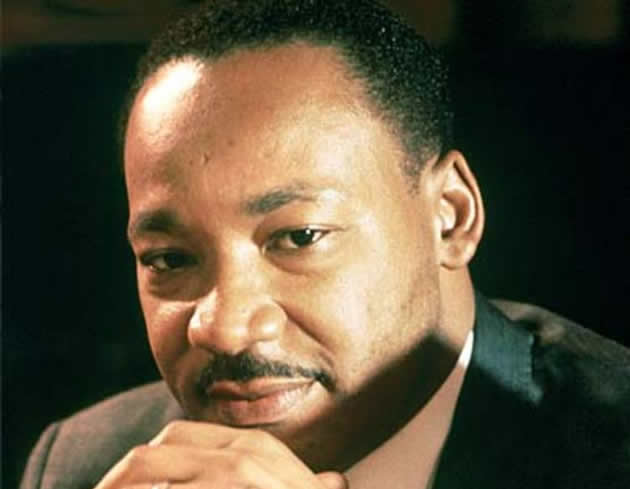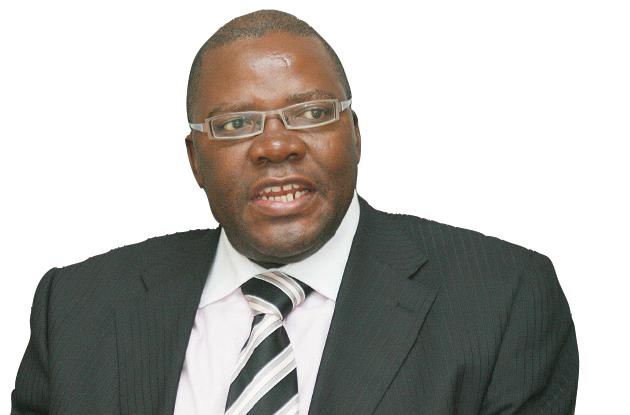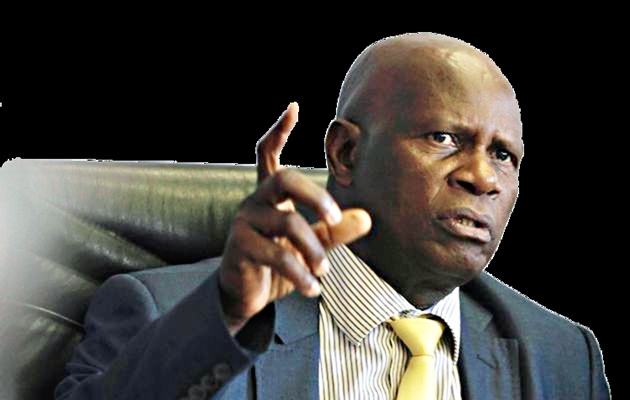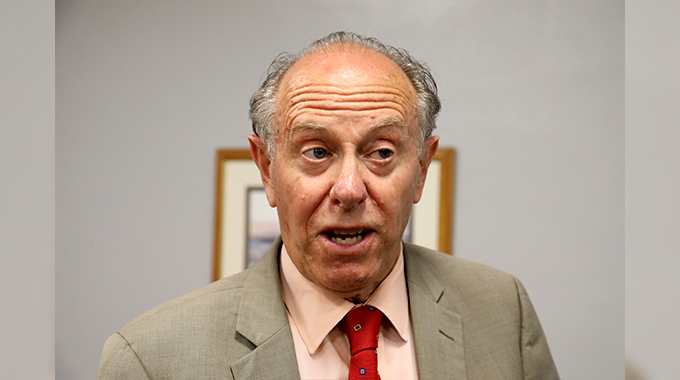50 years on struggle for America continues

Marcia Ann Gillespie
Fifty years ago this month, when the Rev Martin Luther King Jr stood on the steps of the state Capitol in Montgomery, Alabama, and addressed a crowd of weary but triumphant marchers, as well as the nation that looked on from afar, the promise of America finally seemed possible. Link by link, the shackles of segregation and second-class citizenship, the legal, economic and social barriers that disadvantaged blacks, were being broken.
The beatings of civil rights marchers in Selma weeks before on March 7 had galvanised an outpouring of public support. King honoured the suffering many had endured, mourned the lives lost in the fight for civil rights and urged us to “continue our triumphant march to the realisation of the American dream.”
To achieve the dream, he implored us to “march on segregated housing” and to call for “decent, safe, sanitary housing for all.” To march on poverty and redress its root causes. To “march on the ballot boxes” and elect representatives at all levels of government, and to push and vote for fair measures and policies. He reminded us that we were still in the struggle, then repeatedly raised and answered the question: How long will it take to achieve justice? And in his final response said, “Not long, because the arc of the moral universe is long, but it bends toward justice.”
So where are we now? Since Selma, that arc has bent both forward and back. The US president is black, something few imagined possible back then. Black political clout increased, as did the numbers of elected representatives. But a counter movement to restrict access to the polls has gained traction in many states. Although segregated schools are prohibited, ghettoised public schools are the norm in countless towns and cities. Yes, there’s more colour in middle management and executive suites, but the numbers of blacks stuck in the basement and left out in the cold continue to swell and our poverty increases. Blacks and Whites mix in the workplace but still rarely live side by side, especially in the suburbs. The chain gangs are gone, but the disproportionate incarceration and harsher sentencing of Blacks continues unchecked.
So the struggle for economic parity, colourblind justice and access to voting, jobs, housing, health services and quality education continues. The marches never stopped, but after King’s assassination, the movement lost traction. Calls to engage in a meaningful conversation about race and to confront inequality fell on increasingly deaf ears. Racist stereotypes used by the architects of slavery and Jim Crow to create the myth of white supremacy re-emerged in new code words designed to mask concerted efforts to undermine the gains and goals. The code for “lazy” and “shiftless” became “welfare cheats” and legitimised the victimisation of poor mothers. The spectre of the violent “black brute” fuelled the push for more prisons. According to this new script, racism was no longer a major factor – our failure to thrive was due to our “dysfunctional families” and black pathology.
How does that square with the American dream? The idea that one can make it, can beat the odds, fuels the American dream. We cherish and are inspired by rags-to-riches success stories, and we revere those who have reached spectacular heights. According to the dream, with hard work and determination, you can achieve a better life and it’s proven to be true for millions of Americans.
When we look back at those who haven’t made the climb, some of us, and not just Whites, cling to the belief that poverty is a reflection of an individual’s failings. You hear it when folks say, “They don’t share our values,” and, “We struggled and sacrificed to get where we are, and if we could make it, so can they.” What’s often ignored in those litanies is that the deck is still stacked in favour of the haves and more people are slipping down that ladder these days. And when the descendants of immigrants speak about the prejudice they encountered because they were Italian or Irish or Jewish or Polish, few acknowledge the trump card white skin bestows in a racist society.
This “If I can, you can” interpretation of the American dream is not what King referred to 50 years ago. No doubt he celebrated individual triumphs, but the dream he espoused was to make the ideals of liberty, equality and opportunity tangible for all. His dream was that we Americans would strive to level the ground, lift the floor and reach for the stars. Fifty years ago, he asked, “How long?” and answered, “Not long.” And in the march of history, 50 years is barely a blip, though it often seems an eternity. But his hopeful prophecy helped lift our spirits and strengthen our resolve to continue pressing forward.
President Barack Obama’s election is a mighty sign the huge boulder of racism can be surmounted, just as the vitriolic backlash from his detractors reminds us that we still have to smash it. Seeing thousands of people take to the streets to protest the deaths of Black boys and men at the hands of police seems to have sparked an overdue conversation.
But a conversation is not a movement. The hydra of racism can’t be slain by cutting off a head, it has to be gutted. A black president is a powerful symbol, a beacon of hope, but it does not reflect substantive change.
It’s been 50 years since Selma, and we are still struggling up the rough side of the mountain.
l Marcia Ann Gillespie is an author and former editor-in-chief of Ms and Essence. A Rockville Centre native, she is a professor of media and communications at SUNY Old Westbury. This opinion was taken from newsday.com










Comments